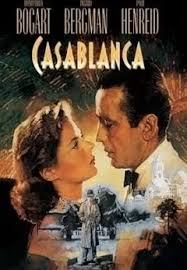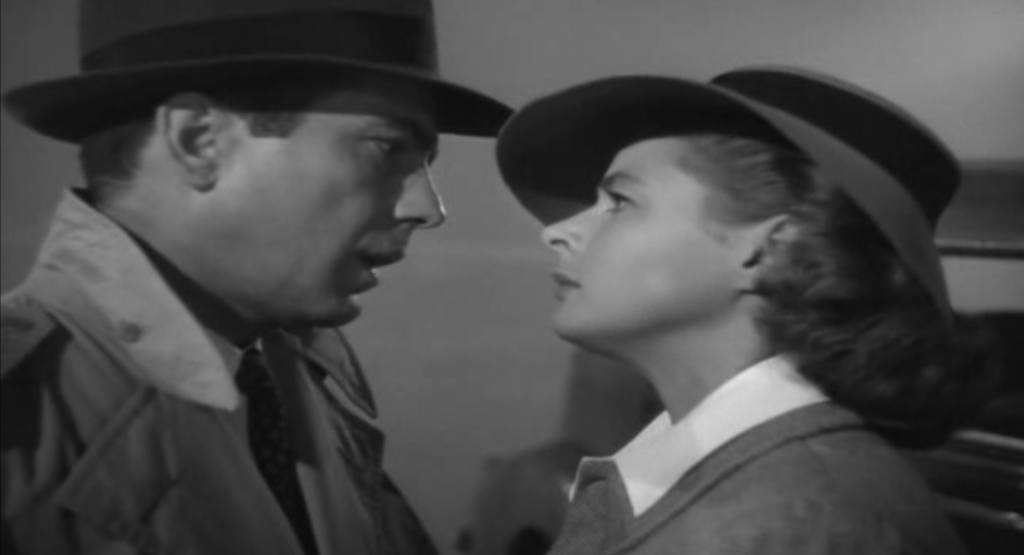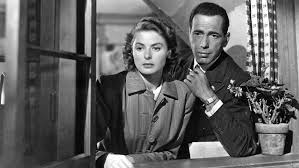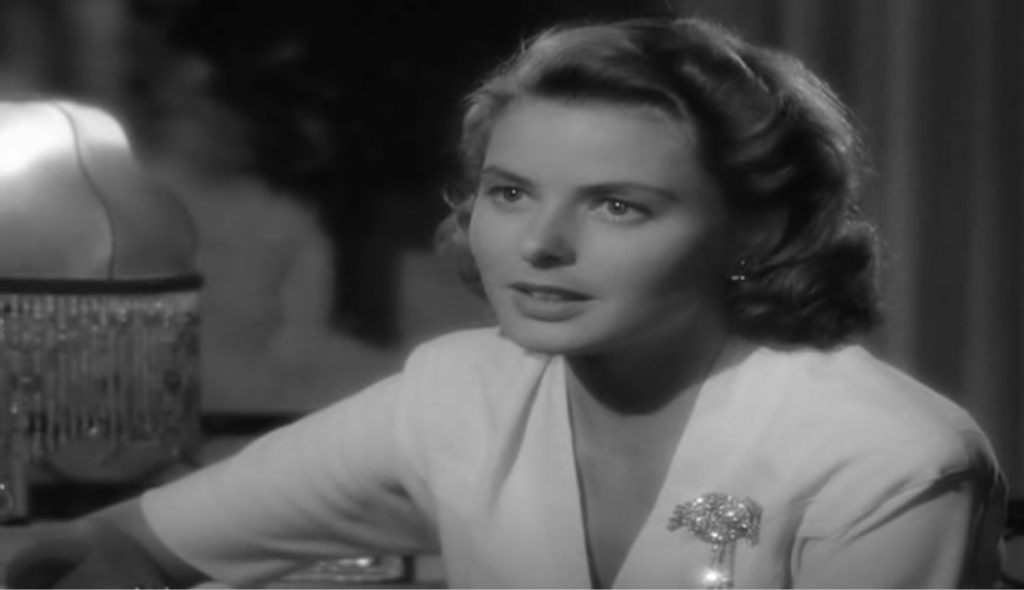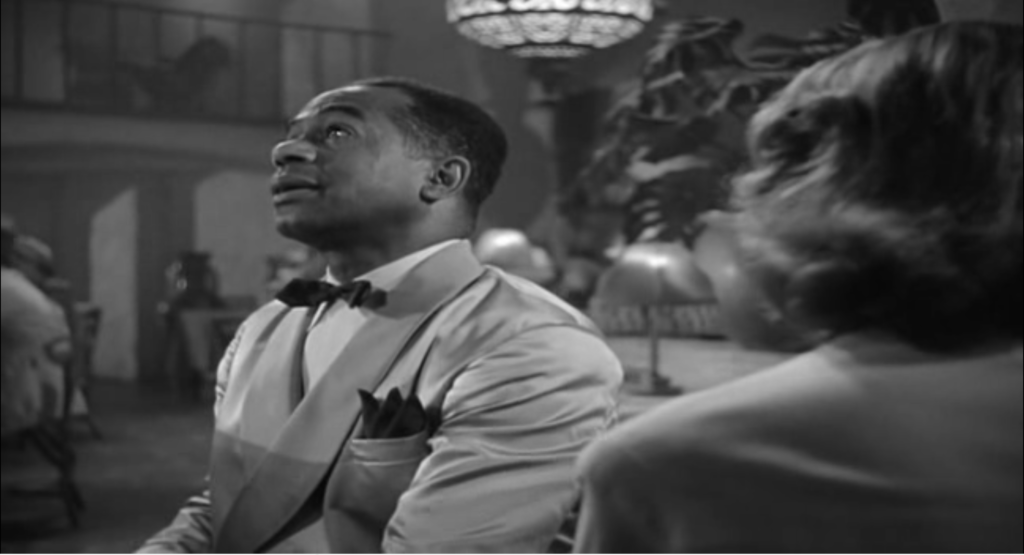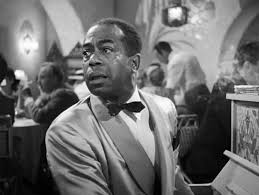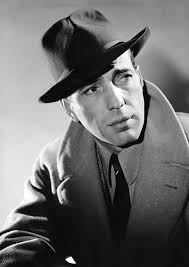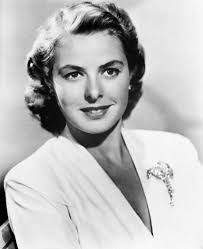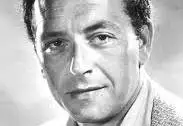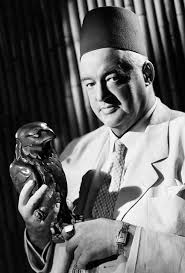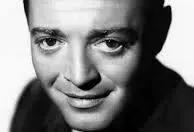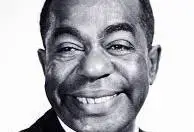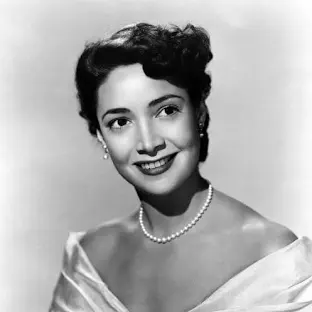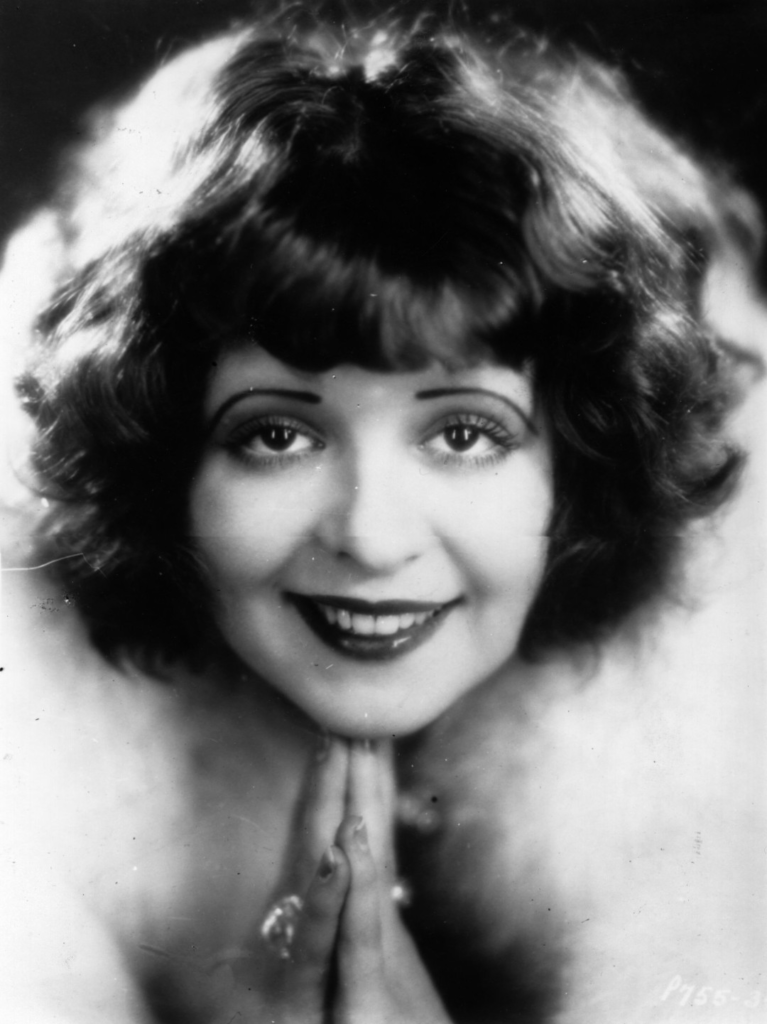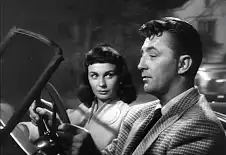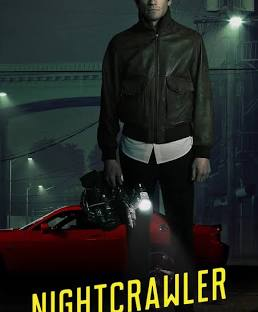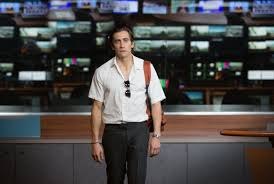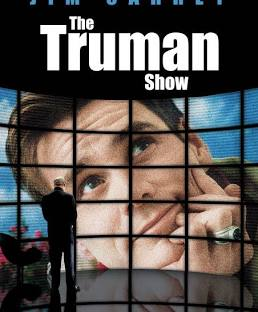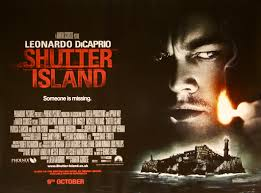Warren Beatty
He was a star before bonnie and Clyde and has been in many movies, such as dick Tracy, splendour in the grass. i think he was casted for his looks and his previous role experience as he was a rising star he was a asset to the film.
Star vehicle – a film specifically cut out and build around a certain actor and their skillset, promoting their skills.
For example, Casablanca is a star vehicle for Humphry bogart as he was not usually casted for villainous roles, another example of this would be Warren Beaty in bonnie and Clyde as he was considered attractive and was the producer of the film.
Faye Dunaway
Her career began in Broadway in the early 1960s, she has been in many movie such as, “mommies dearest” and the “handmaids tail”. I believe she got this role for her previous experience in theatre, her charm and her beauty.
Michal J. pollard
his career began with multiple appearances in programs broadcast during 1959. He has been in other films such as “Hannibal brooks” and “little fauss and little halsey”. i think he got the role as he had previous experience and had the quirky look his character needed.
Gene Hackman
in 1956 he began his acting career on ” Pasadena Playhouse“, a theatre venue. he got his debate Broadway role in children from their games, however bonnie and Clyde was his first movie role. i believe he got the role from his debut Broadway role.
Estelle Parsons
Her career began in Broadway in the 1950s in the play the sign in “Sidney’s burrstones window”, however her breakthrough role was bonnie and Clyde. I believe she got her role in bonnie and Clyde due to her theatre experience and ability to portray vulnerability and strength within the same character.
Denver Pyle
he was an already established actor before bonnie and Clyde, with numerous roles in film and television he was known for his later role in “the dukes of hazard”. He got his role because of his solid reputation as a versatile actor.
Dub Taylor
he was an established actor with a career in westerns, such as “the almo”, “the magnificent” seven etc. he got his role for his ability to play tough imposing characters.
Gene Wilder
His first big role was “the producers”, however his most known role would be willy Wonka. his reasoning for casting would have been his incline in profile within Hollywood.
Mise en scene-
The film was not filmed on a backlot, they were shot in found places rather than built places. It was filmed in Texas as bonnie and Clyde where from Texas. Arthur pen also particularly chose to shoot in texas as there was less of a chance of the studio sticking their nose into the making of the film. The sets where authentic to the 1930s aesthetics and lifestyle as they represent all characters as being poor due to the great depression.
Faye Dunaway influenced fashion with bonnie and Clyde, people began cutting bob, wearing berets etc…
Bonnie and Clyde use of found location added authenticity making their world seem real.
Editing-
The editing in bonnie and Clyde took inspiration from the French new wave. the style of editing makes it obvious to the person watching that there are cuts. this is due to the not continues editing style with uses of things such as jump cuts.
In the starting scene it begins as a close up of her lips and pans up to her eyes, which isn’t a establishing shot it just shows bonnie, camera pans right to see her in the mirror, tracking shot to her bed where it zooms in towards her face, there is a Jump cut to a longshot of Clyde robbing Bonnies mum’s car. the editing was unusual and breaks the conventions of classical editing, however it kept flow and continuity to keep the story.
Sound-
In the first part of the movie classical music plays while the credits role and the real bonne and Clyde are spoken about.
Banjo music plays when bonnie and Clyde fist rob a store
The blue grass is the genre of music used in bonnie and Clyde, it was evoked by the great depression, circulated around texas, Luisanna ext.
The music was used for car races and to make things not seem serious and light-hearted, when the camera pans to the sheriff the music stops, this is to show he is a serious character.
Sound bridge- j-cut: music that covers a scene change and carries the scene over.
Deedee Allen the editor was one of the first to do it.
Aesthetics-
In the film
Representation-
women:
in bonnie and Clyde women are represented as a rage of things. Bonnie, the main woman is a objectively attractive female with a strong bold personality. with her being represented this way it is unconventional as she is represented as a person who can protect themselves breaking away from traditional damsel in distress stereotypes. Blanchette burrows is represented as a loud, emotional and distressed woman, fitting the typical stereotypes of woman. By having these two female protagonist in the same film allows contrast and difference between the movie.
men:
In bonnie and Clyde there are 2 main representations of men. Clyde who is the main protagonist is represented a a strong, protective and providing man. The actor being conventionally attractive make him seem as though he is charming making his characters likeable and fun. C.W moss, the side character of bonnie and Clyde’s adventures is a “conventionally unattractive” man and is represented as a clueless clumsy man, this makes him seen as a side for comedic relief and to make it seem as though as because he’s “unattractive” he is also dumb.
authority figures:
in bonnie and Clyde the police officer, who is originally put into a Kanoo on the like is the main authoritive figure, he is represented as grumpy and mean. the fact that his character is masculine links to the idea that blue collar jobs are only for men.
people of colour:
within bonnnie and clyde there is no main cast that is people of color this shows the lack of representation of diffirent cultures in earlier times in film. the ony appearancr of a peron of colour is when bonnie and clyde are both hurt snd they seek refugeee in the camp. this camp is filled with poverty, this liksnto the conventional racict ideals ofnthe 1930as of peo;pe of colour not havng proper jobs.












